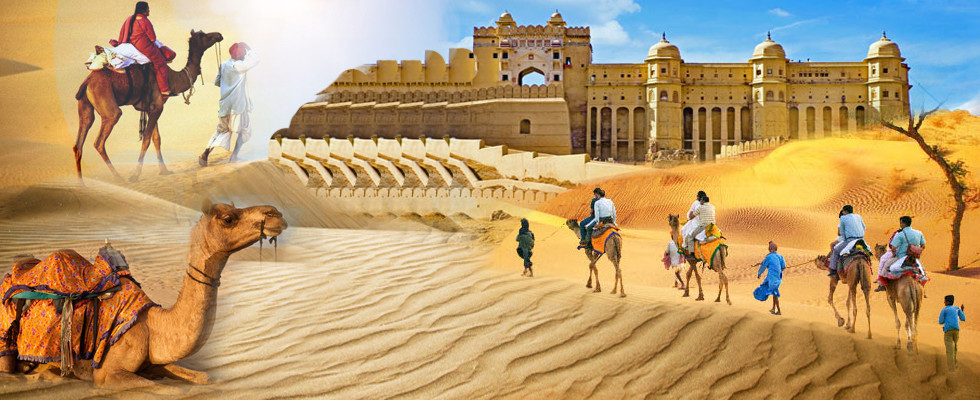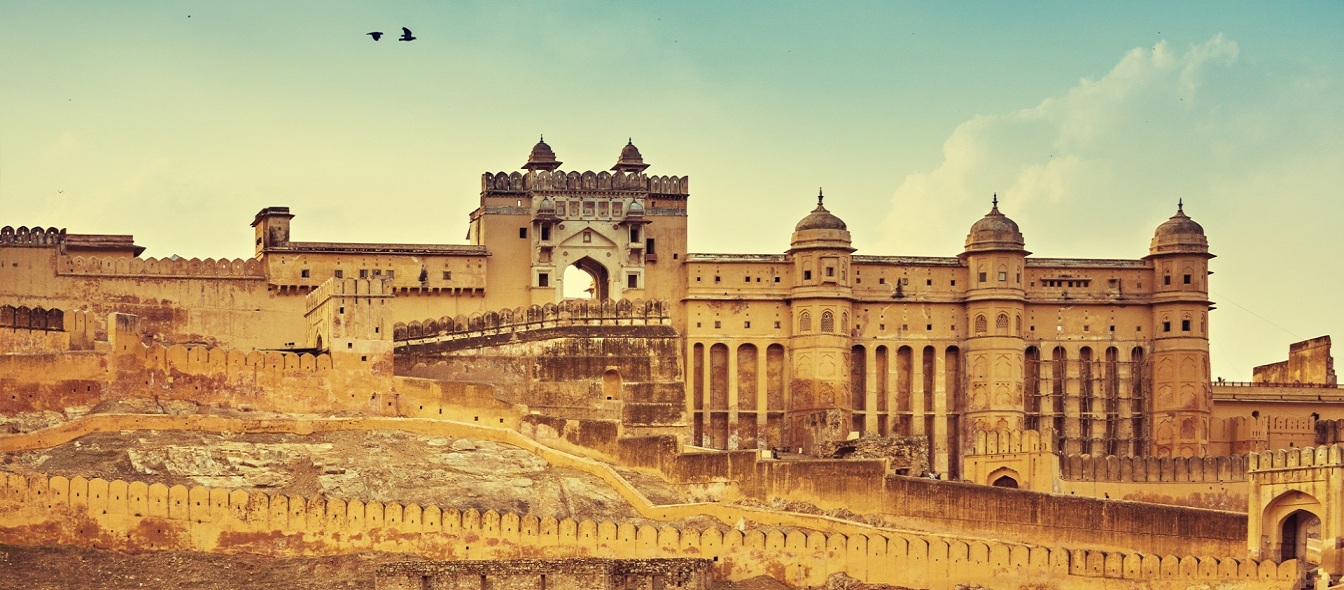Rajasthan Tourism – Esplora il deserto dello stato indiano in modo delizioso
Turismo del Rajasthan :
Il Rajasthan è uno degli stati più attraenti trovato in India in quanto ha un sacco di opzioni turistiche che ricevono l’attenzione di viaggiatori e turisti provenienti da diverse parti del mondo. Lo stato indiano imperiale è dotato di numerose attrazioni turistiche tra cui il turismo storico, il turismo naturalistico, il turismo nel deserto e il turismo di villaggio. E ‘anche popolarmente noto per la sua bellezza che arricchisce, giardini fioriti, deliziose fiere e festival, meravigliose stazioni di collina e strutture ricettive all’avanguardia. Quasi tutte queste attrazioni turistiche attraggono turisti in tutto il mondo per tour e viaggi in Rajasthan.

Una breve storia del Rajasthan : –
Il diverso stato affronterà i clan Rajput e Warrior, che pretendono di derivare da sole, luna e fuoco e hanno anche governato questo paese per oltre 1000 anni. Si chiama anche “Terra dei Maharaja”, che è il più grande stato dell’India. Ci sono totalmente 33 distretti tra cui Jaipur è considerata la città più grande, che è anche indicata come la capitale del Rajasthan. La gloria di questo stato sarà preservata dai suoi maestosi forti, palazzi e monumenti. Inoltre, il ricco patrimonio e il colore vibrante dello stato principesco potrebbero attirare un numero infinito di turisti da tutto il mondo.

Celebrazioni: fiere e festival: –
Quando si parla di turismo in Rajasthan, fiere e festival hanno un ruolo importante nell’attrarre i turisti. In Rajasthan, i festival vengono celebrati con ogni modifica stagionale con una grande gioia, felicità ed entusiasmo. Cammelli, cavalli ed elefanti decorati con abiti colorati aggiungeranno più fascino e attrazione ai festival del Rajasthan. Le fiere Pushkar e Jaisalmer dovrebbero essere le più grandi fiere che si celebrano ogni anno nel Rajasthan, a cui parteciperanno turisti di tutto il mondo.

Punti salienti del turismo in Rajasthan : –
Questo sembra essere un viaggio di esplorazione in cui è possibile approfondire la cultura e la tradizione della popolazione di accattivante Rajasthan. Palazzi, fortezze e monumenti imponenti insieme a semplici villaggi rendono lo stato del deserto una destinazione vivida e reminiscente. Il tour in Rajasthan ti offrirà una visione completa dello stato indiano imperiale. Il turismo del Rajasthan tende ad offrire molte attività che includono safari in cammello, safari in jeep, esplorazione di parchi nazionali e santuari selvaggi, osservazione degli uccelli, risalita in barca su incantevoli laghi.
Periodo migliore per visitare il Rajasthan : –
Il periodo appropriato per visitare il Rajasthan è la stagione invernale, il che significa tra ottobre e marzo. Durante questo periodo, il clima del Rajasthan è più idilliaco e bello. Anche se sarà la stagione invernale, tuttavia la temperatura rimane piacevole e calda per tutto il giorno, rendendolo il momento ideale per visitare quasi tutti i palazzi, i forti e i templi. Inoltre i visitatori potrebbero anche trarre beneficio dagli inverni assolati del Rajasthan, dedicandosi a tutti i tipi di attività all’aria aperta come safari, visitando numerose celebrazioni, fiere e festival e anche shopping per i tessuti più colorati e belli del Rajasthan. È incredibilmente freddo avere una fredda sera d’inverno insieme a notti che ti daranno la migliore opportunità per accendere falò e ascoltare i racconti e la musica della terra, mentre ti godi la cucina locale del Rajasthani.
Cose da fare in Rajasthan : –
Nel caso tu stia progettando di fare una visita in Rajasthan, ecco alcune attività che ti puoi chiedere. Sono safari nel deserto, shopping per articoli culturali, campeggio su dune di sabbia fine, osservazione di uccelli nei santuari della fauna selvatica e partecipazione ai festival di stato.
Safari nel deserto: ti offrirà una migliore opportunità per scoprire le regioni sabbiose del deserto del Thar su una jeep o anche sul retro dei cammelli
Campeggio: campeggiare su una duna di sabbia ti consente di goderti la bellezza del deserto sotto una luce lunare
Bird watching: guarda i tesori creativi di Madre Natura nei parchi nazionali e nei santuari della fauna selvatica, dove puoi avvistare diverse specie di uccelli in giro in risciò, giro in barca, gite in bicicletta o escursioni a piedi.
Inoltre, i turisti possono anche andare a fare shopping, partecipare a fiere e festival, godersi il giro in elefante e godere di un viaggio reale sui treni del patrimonio a bordo.
Turismo del Rajasthan
Rajasthan Autonoleggio
Pacchetti turistici del Rajasthan
